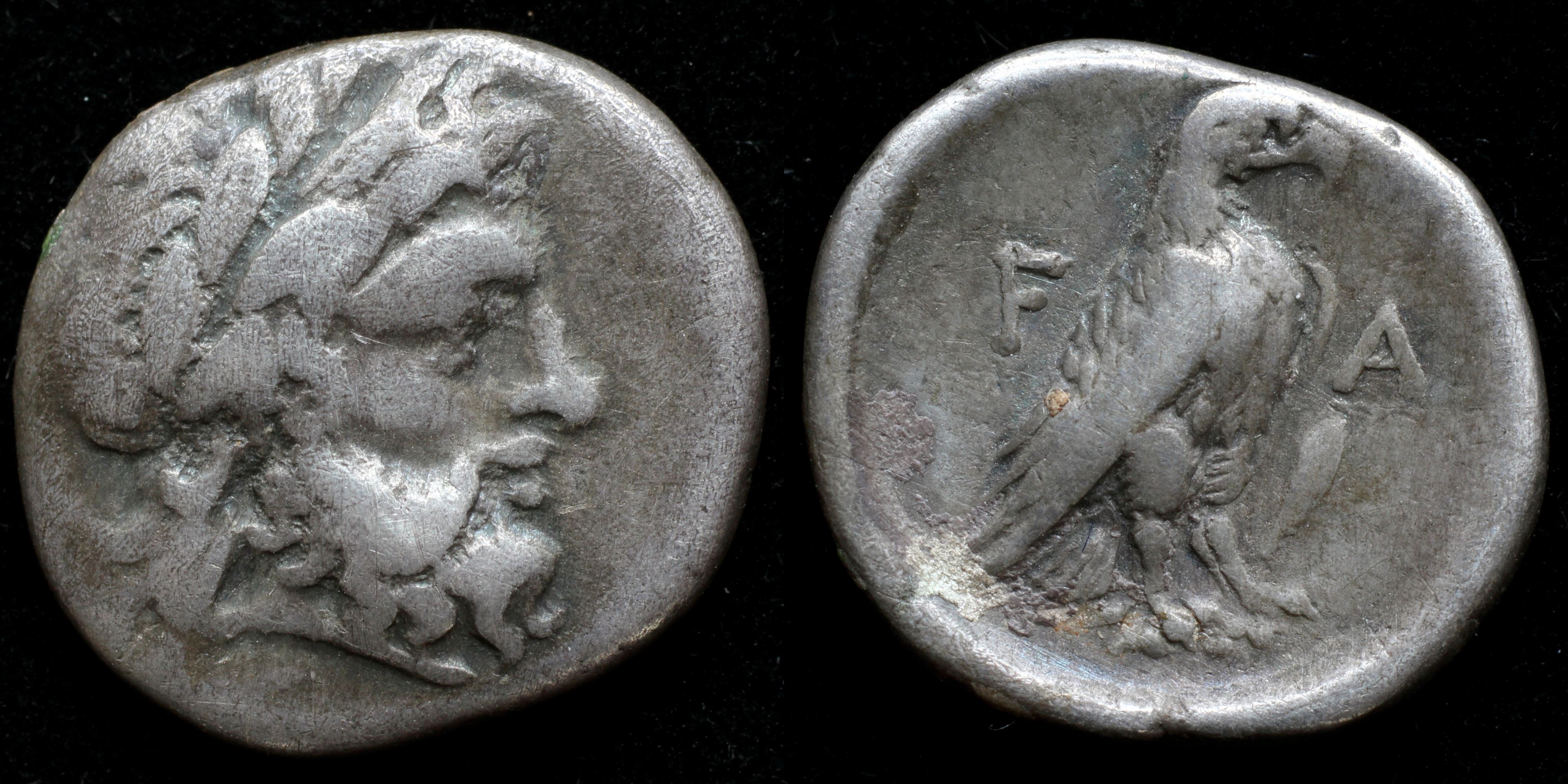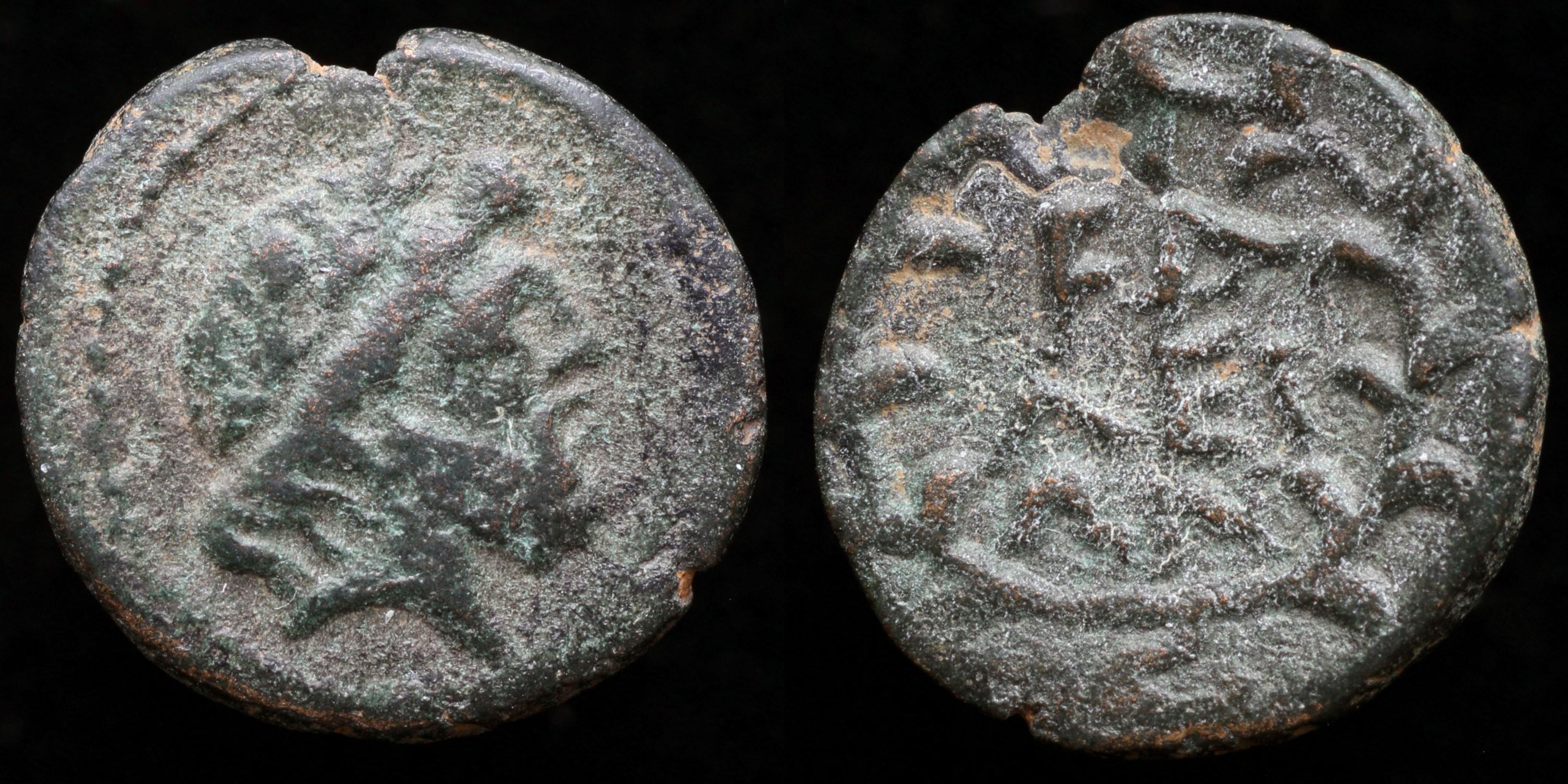Olympia was a sanctuary of ancient Greece in Elis on the Peloponnese peninsula, and is known for having been the site of the Olympic Games in classical times.
The Olympic Games were held every four years throughout Classical antiquity, from the 8th century BC to the 4th century AD.
The classical period, between the 5th and 4th centuries BC, was the golden age of Olympia, and a wide range of religious and secular buildings and structures were constructed. During the Roman period, the games were opened up to all citizens of the Roman Empire. A programme of new buildings and extensive repairs, including to the Temple of Zeus, took place.
The 3rd century saw the site suffer heavy damage from a series of earthquakes. Invading tribes in 267 AD led to the centre of the site being fortified with material robbed from its monuments. Despite the destruction, the Olympic festival continued to be held at the site until the last Olympiad in 393 AD, after which the Christian emperor Theodosius I implemented a ban.
Repeated floods ensured that the settlement was finally abandoned altogether in the early 7th Century.
The Olympic Games were held every four years throughout Classical antiquity, from the 8th century BC to the 4th century AD.
The classical period, between the 5th and 4th centuries BC, was the golden age of Olympia, and a wide range of religious and secular buildings and structures were constructed. During the Roman period, the games were opened up to all citizens of the Roman Empire. A programme of new buildings and extensive repairs, including to the Temple of Zeus, took place.
The 3rd century saw the site suffer heavy damage from a series of earthquakes. Invading tribes in 267 AD led to the centre of the site being fortified with material robbed from its monuments. Despite the destruction, the Olympic festival continued to be held at the site until the last Olympiad in 393 AD, after which the Christian emperor Theodosius I implemented a ban.
Repeated floods ensured that the settlement was finally abandoned altogether in the early 7th Century.
Modern location: Ruins
(1)
Olympia

An
AR
Hemidrachm
struck 312-271 BC
in
Olympia
Obverse: laureate head of Zeus right
Reverse: eagle right; olive leaf right; F _ A
Diameter:
14 mm
Die Orientation: -
Weight: 2.65 g
Die Orientation: -
Weight: 2.65 g
No notes for this coin
BMC 84. Dewing 1896. McClean 6637. SNG Delepierre 2158
(2)
Olympia

An
AE
Tetrachalkon
struck c. 150 BC
in
Olympia
Obverse: laureate head of Zeus right
Reverse: legend within wreath; FA / ΛEI / ΩN
Diameter:
18 mm
Die Orientation: -
Weight: 3.9 g
Die Orientation: -
Weight: 3.9 g
No notes for this coin
Cf. BCD Olympia 302-5; cf. SNG Copenhagen 446-8; cf. BMC 150
